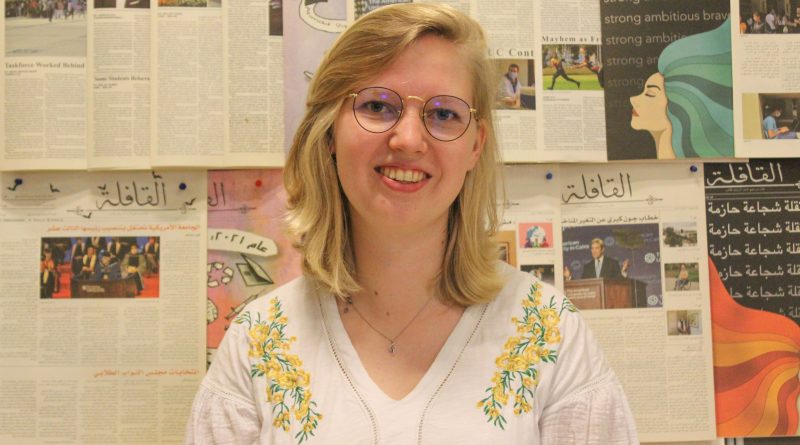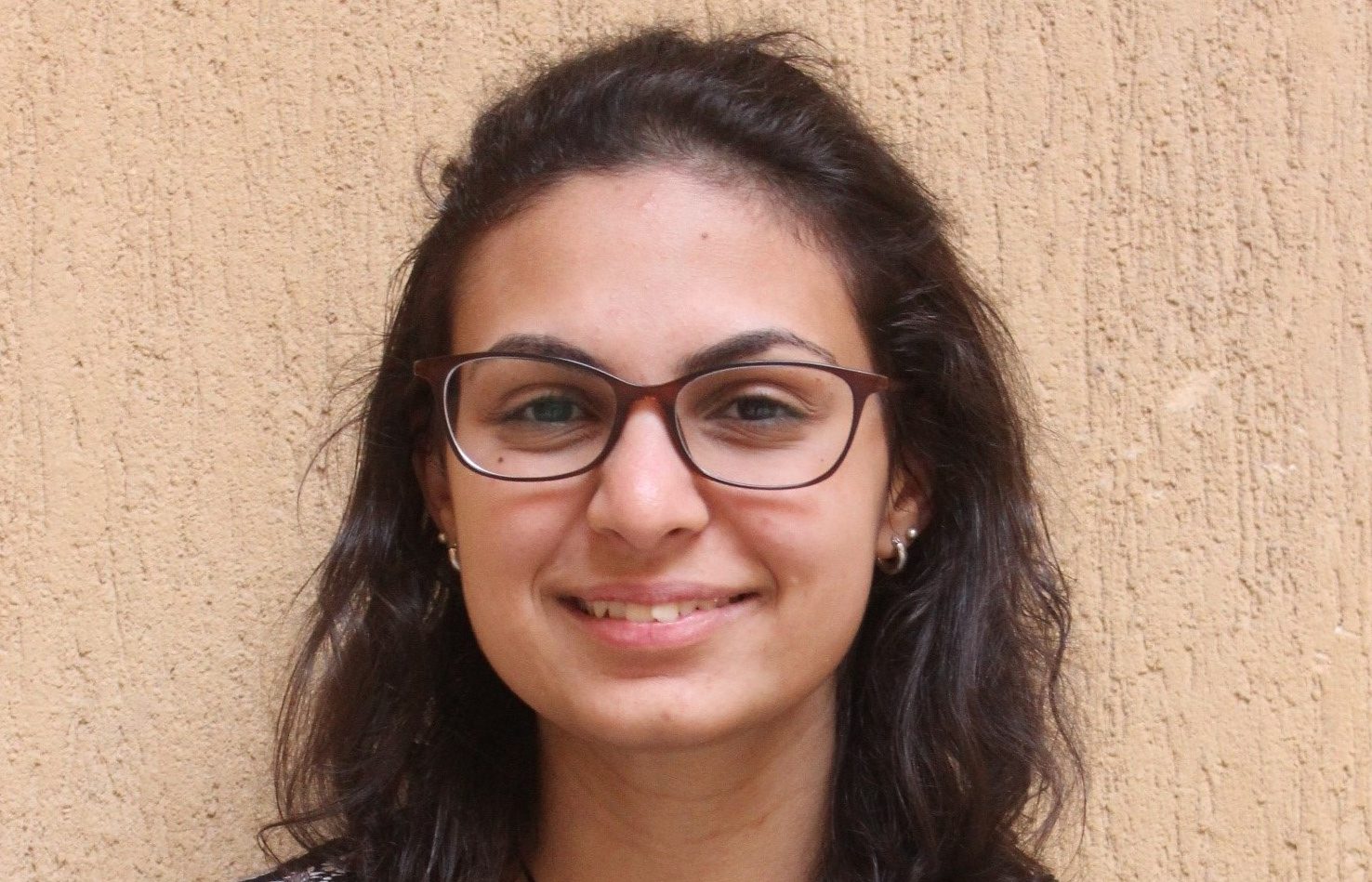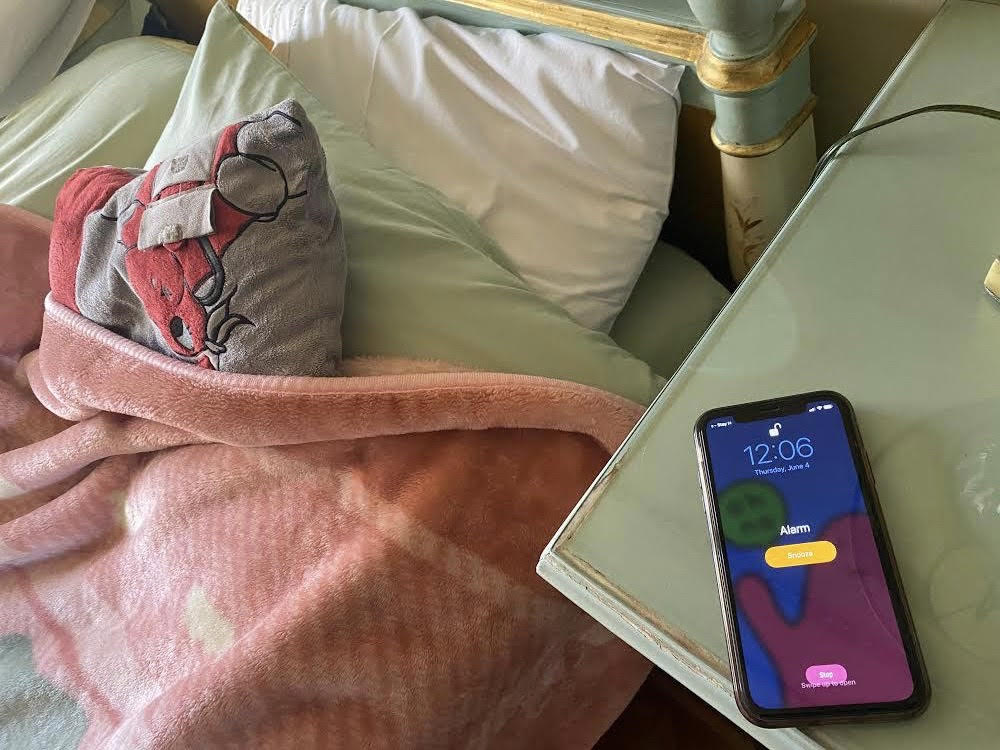Finding a Vaccine Against Climate Change
By: Judith Uttendorfer
Since COP21 in Paris in 2015, climate change has increasingly been at the forefront of discussions in my circle of family and friends. I can hardly remember climate change ever not being part of my thoughts over the past seven years.
But the urgency of it all did not really sink in. Climate change is an invisible threat – or so I thought.
The summer I spent in Germany in 2021 – supposedly to escape from the Cairo heat – changed my perspective.
It turns out that for two weeks Germany actually registered higher temperatures than a desert city. And that was not the end of it.
Following the extreme heat came even more extreme floods, the worst in over a century.
At least 180 people died and more than 800 were severely injured. Some 17,000 lost their homes, and the cost of damage to infrastructure and personal possessions was in the billions.
And just like that climate change wasn’t so invisible anymore.
Germany is not the only country where natural disasters have increased in recent years. Thousands of people have been killed in heatwaves, wildfires scorched countries all over the world and, most recently, Pakistan has been hit by maybe the worst catastrophe of them all.
So why is it that climate change is still seen as invisible? Why is it that we still believe climate change is so far in the future that we have ample time to fix it?
According to the World Health Organization (WHO), around three million people have been killed by complications due to the Corona virus since 2020. In that same year, the first vaccines were available. By 2022, some people have already received four vaccination shots.
Seven million people die each year due to air pollution, according to The Guardian. No vaccine, no solution to stop the pollution and warming of our planet has been discovered yet. It’s time to wake up and listen to what our planet is telling us.
What would happen if we treated the health of the world the same way we treat our own health?
Maybe we would all decide to use public transportation instead of cars, spend holidays at home instead of flying across the planet, buy food and clothes from local farms and brands instead of shipping all around the globe.
And just maybe politicians would start taking action. Maybe politicians would seriously consider funding the saving of our planet, instead of meeting year after year at a climate conference that favors empty words and treaties over opening eyes and creating a vaccine.
Action against climate change over the years has taken the form of “Fridays for Future”, a global initiative in which students skip Friday classes to protest the lack of progress on climate change.
In a publicity stunt, some activists have taken extreme measures by attacking valuable art pieces in a bid to bring attention to the critical issue of global warming.
I agree with the response to these approaches that they can’t possibly be enough.
But what else is the solution? If destroying art is extreme then what of the destruction of our planet? If politicians talk instead of taking action, then what is it that we are supposed to do other than everything in our power to raise awareness.
We live in a globalized world where everything is connected, where presidents are a phone call apart from each other, and the knowledge of the threat to our planet has been known for more than 50 years. It should make it easy to save ourselves, but we do the opposite.
When will we finally wake up?




